Home>Garden Essentials>When To Plant Grass Seed In Missouri Spring
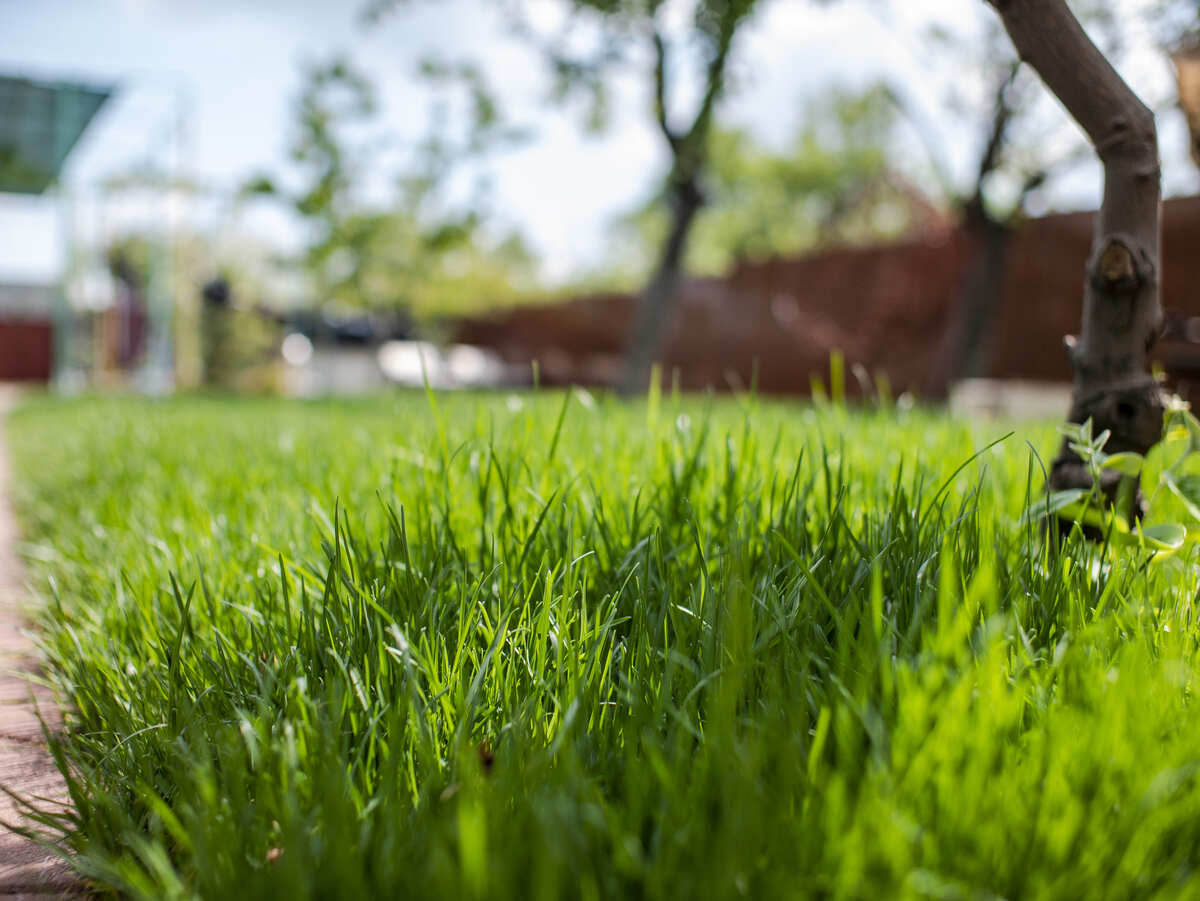

Garden Essentials
When To Plant Grass Seed In Missouri Spring
Modified: August 27, 2024
Looking to start a garden? Learn when to plant grass seed in Missouri during the spring season. Get expert tips and advice for a successful garden.
(Many of the links in this article redirect to a specific reviewed product. Your purchase of these products through affiliate links helps to generate commission for Storables.com, at no extra cost. Learn more)
Introduction
Creating a lush and vibrant lawn is a goal that many homeowners strive for, and one of the key factors in achieving this is properly planting grass seed. If you’re a proud resident of Missouri, you may be wondering when exactly is the best time to sow grass seed to ensure a successful and thriving lawn. The answer lies in understanding the unique climate and conditions of Missouri, particularly in the spring months.
Missouri experiences a range of temperatures and weather patterns throughout the year, making it crucial to choose the right time to plant grass seed. Spring is generally considered the ideal season for grass seed planting in Missouri, as it offers the perfect balance of moderate temperatures and ample rainfall to foster optimal seed germination and growth.
Before you dive into planting grass seed, there are a few important factors to consider. First and foremost, you’ll want to assess the condition of your soil. Is it compacted, nutrient-deficient, or overly acidic? These factors can have a significant impact on the success of your grass seed planting, and addressing them beforehand can greatly improve your chances of achieving a healthy lawn.
Another crucial factor to consider is the type of grass seed that is best suited for the Missouri climate. Different grass species have varying tolerances for heat, cold, drought, and shade, so it’s important to choose a seed variety that is well-adapted to the specific conditions of your region.
In this comprehensive guide, we’ll discuss the ideal timing for planting grass seed in Missouri spring, how to prepare your soil, selecting the right grass seed, the necessary steps for planting grass seed, caring for newly planted seed, and common issues and troubleshooting. By following these guidelines, you’ll be well on your way to achieving a lush and vibrant lawn that will be the envy of your neighborhood.
Key Takeaways:
- Choose the right grass seed for Missouri spring based on soil, sunlight, and climate. Proper soil preparation and timing are crucial for successful grass seed planting.
- Care for newly planted grass seed by watering, mowing, and monitoring for issues like patchy growth, weeds, and pests. Troubleshoot common problems to ensure a thriving lawn.
Read more: When To Plant Grass Seed In Missouri
Factors to Consider Before Planting Grass Seed
Before you start the process of planting grass seed in Missouri spring, it’s important to consider a few key factors that can greatly impact the success of your lawn. By addressing these factors beforehand, you can ensure that your grass seed has the best possible chance of germinating and growing into a healthy and beautiful lawn.
Soil Condition: Assessing the condition of your soil is essential before planting grass seed. Take a look at the texture, drainage, and nutrient content of your soil. If it is compacted, sandy, or clay-like, it may be necessary to amend it to improve its structure and nutrient-holding capacity. Conducting a soil test can also help determine the pH level and nutrient deficiencies, allowing you to make any necessary adjustments.
Sunlight and Shade: Pay attention to the sunlight and shade patterns in your lawn. Different grass species have varying tolerances to sunlight and shade, so it’s important to choose a seed mixture that is suitable for the conditions of your specific lawn. If you have areas of heavy shade or full sun, consider selecting a shade-tolerant or sun-loving grass variety to ensure optimal growth.
Climate and Weather: Missouri experiences a range of climate conditions throughout the year, including both hot summers and cold winters. Consider the average temperature range, frost dates, and rainfall patterns in your region. Choose grass seed varieties that are well-adapted to the Missouri climate, taking into account their tolerance to heat, cold, and drought.
Usage and Traffic: Think about how you plan to use your lawn. If you have children or pets who will be playing on the grass, you’ll want a grass variety that can withstand frequent foot traffic. For areas with heavy use, consider a more durable and wear-resistant grass type.
Pest and Disease Resistance: Certain grass species have natural resistance to common pests and diseases in Missouri. Research which grass varieties have built-in resistance to common issues such as grubs, fungal diseases, or insect infestations, and choose seed accordingly.
Maintenance Level: Consider your willingness and ability to maintain your lawn. Some grass types require more frequent mowing, watering, and fertilization, while others are more low-maintenance. Choose a grass variety that aligns with your desired level of lawn care commitment.
By taking these factors into account, you can select the right grass seed and prepare your lawn for successful growth. Your efforts in the initial stages of lawn preparation will lay the foundation for a thriving and beautiful lawn in the months to come.
Ideal Timing for Planting Grass Seed in Missouri Spring
Timing is crucial when it comes to planting grass seed in Missouri spring. You want to ensure that you plant your seed at the optimal time to take advantage of the favorable weather conditions and give your grass the best chance to establish and grow.
In Missouri, the ideal time to plant grass seed is during the spring months, typically between mid-March and late April or early May. During this time, the soil temperature starts to warm up, and the risk of frost decreases, creating favorable conditions for seed germination and establishment.
It’s important to keep in mind that the exact timing may vary depending on your specific location within Missouri and the current weather patterns. As a general rule, aim to plant your grass seed when the soil temperature remains consistently above 50 degrees Fahrenheit. You can use a soil thermometer to monitor the temperature and ensure optimal conditions for germination.
Avoid planting grass seed too early in the spring, as the ground may still be too cold and wet, which can hinder germination and lead to seed rot. On the other hand, delaying the planting process too long into late spring can result in increased competition from weeds and a lesser chance of establishing a healthy lawn before the summer heat sets in.
Spring also provides the advantage of ample rainfall, which can help keep your newly planted grass seed adequately hydrated without the need for excessive watering. However, it’s essential to monitor the moisture levels in your soil and provide supplemental irrigation when necessary, especially during periods of drought or extended dry spells.
By choosing the right timing to plant your grass seed in Missouri spring, you can maximize the chances of successful germination and establishment. Remember to consider your specific location, soil temperature, and weather patterns to ensure the best conditions for your grass seed to flourish.
Preparing the Soil for Grass Seed Planting
Proper soil preparation is essential for the success of your grass seed planting in Missouri. Taking the time to prepare the soil before sowing the seed will provide a favorable environment for germination and ensure that the roots can penetrate deeply for long-term lawn health. Here are the steps to follow when preparing the soil for grass seed planting:
1. Clear the Area: Begin by removing any existing vegetation, rocks, or debris from the area where you plan to plant the grass seed. This will minimize competition and create a clean slate for your new lawn.
2. Test the Soil: Conduct a soil test to determine the pH level and nutrient content of your soil. This will help you determine if any amendments are necessary. Soil tests can be performed using a DIY kit or by sending a sample to a local agricultural extension office for analysis.
3. Amend the Soil: Based on the results of your soil test, you may need to amend the soil to ensure ideal conditions for grass seed growth. Common soil amendments include adding organic matter such as compost or peat moss to improve soil structure, adjusting the pH level with lime or sulfur, and providing necessary nutrients through fertilization.
4. Loosen the Soil: Use a garden rake or a tiller to loosen the top layer of soil. This will create a loose and crumbly texture that promotes strong root growth. Be cautious not to over-till, as excessive disturbance can disrupt the soil structure.
5. Remove Weeds: Inspect the area for any existing weeds. If you encounter weeds, remove them by hand or with the help of a weed puller, ensuring that you remove the entire root system. This will prevent competition for nutrients and space once the grass seed is planted.
6. Level and Grade: Ensure that your soil is level and properly graded. Use a garden rake or a leveling tool to even out any uneven areas and provide a smooth surface for seed planting. This will help water distribution and prevent pooling.
7. Compact the Soil: Use a lawn roller or simply walk over the prepared soil to lightly firm it. This will eliminate any air pockets and create good seed-to-soil contact, which is essential for seed germination.
8. Water the Soil: Before planting the grass seed, thoroughly water the prepared soil. This will ensure that the soil is moist and ready for the seed to absorb water upon germination.
By following these steps and properly preparing the soil, you will provide an optimal starting point for your grass seed. This will set the stage for successful germination, strong root development, and the establishment of a healthy and beautiful lawn in Missouri.
Choosing the Right Grass Seed for Missouri Spring
When it comes to choosing the right grass seed for Missouri spring, it’s important to select a variety that is well-suited to the climate and conditions of the region. The choice of grass seed will greatly impact the aesthetics, durability, and maintenance requirements of your lawn. Here are some key factors to consider when choosing the right grass seed for Missouri spring:
1. Grass Types: Missouri is located in a transition zone, where a blend of cool-season and warm-season grasses can thrive. Cool-season grasses such as Kentucky bluegrass, fescue, and ryegrass are commonly used in Missouri due to their adaptability to the region’s climate. Warm-season grasses like Bermuda grass and zoysiagrass can also be found in some parts of the state where the temperatures are consistently warm.
2. Sunlight and Shade: Consider the amount of sunlight and shade your lawn receives when choosing grass seed. Some grass species, like Kentucky bluegrass, require full sun, while others, such as fine fescue or shade-tolerant varieties, can thrive in partially shaded areas.
3. Climate Adaptability: Take into account the climate conditions of your specific location in Missouri. Consider the average temperature range, humidity levels, and the likelihood of extreme weather events. Choose grass varieties that can tolerate the heat of summers and the cold winters typically experienced in the state.
4. Soil Condition: Assess the type and condition of your soil. Different grass species have varying preferences for soil types, whether it’s clay, loam, or sandy soil. Ensure that the grass seed you choose is suitable for the pH level, drainage, and nutrient content of your soil.
5. Lawn Usage: Consider how you plan to use your lawn. If you have children or pets who will be playing on the grass, choose grass seed varieties that are known for their durability and ability to withstand heavy foot traffic.
6. Maintenance Level: Evaluate your willingness and ability to maintain your lawn. Some grass types require more frequent mowing, watering, and fertilizing, while others are more low-maintenance. Select a grass variety that aligns with your desired level of lawn care commitment.
7. Disease and Pest Resistance: Consider the grass varieties that possess natural resistance to common pests and diseases prevalent in Missouri. For example, tall fescue is known for its resistance to certain fungal diseases and insect pests.
8. Seed Quality: Ensure that you choose high-quality grass seeds from reputable suppliers. Look for seeds that are certified and free from weeds, debris, and other contaminants.
By considering these factors and researching the different grass varieties available, you can choose the right grass seed that is best suited for Missouri spring. Remember, selecting the appropriate grass seed is the foundation of a healthy and beautiful lawn.
Plant grass seed in Missouri in the spring when soil temperatures reach 55-65°F. This typically occurs in April or May. Be sure to choose a grass variety that is well-suited to Missouri’s climate and soil conditions.
Read more: When To Plant Bermuda Grass In Missouri
Steps to Plant Grass Seed in Missouri Spring
Planting grass seed in Missouri spring requires careful preparation and attention to detail to ensure successful germination and establishment. Follow these steps to plant grass seed effectively and give your lawn the best start:
1. Prepare the Soil: Start by clearing the area of any debris and weeds. Conduct a soil test to determine its pH level and nutrient content, and amend the soil if necessary. Loosen the soil using a garden rake or tiller, and remove any rocks or large clumps.
2. Spread the Seed: Using a spreader or by hand, evenly distribute the grass seed over the prepared soil. Follow the recommended seeding rate specified on the seed packaging. Consider using a seed mixture that contains a blend of grass varieties suited to your specific needs and growing conditions.
3. Rake and Incorporate: Use a garden rake to lightly rake the soil and work the grass seed into the top layer of soil. This helps ensure good seed-to-soil contact for germination. Avoid burying the seed too deep, as it needs access to sunlight for the germination process.
4. Water the Seed: After seeding, thoroughly water the area using a gentle spray or sprinkle attachment on your hose. Keep the soil consistently moist but not overly saturated throughout the germination period. Watering in the early morning or late afternoon helps minimize water loss due to evaporation.
5. Apply a Starter Fertilizer: Consider applying a starter fertilizer specifically formulated for new seedlings. This will provide essential nutrients to support healthy growth and development. Follow the instructions on the fertilizer packaging and avoid over-application, as excessive nutrients can harm the young seedlings.
6. Mulch and Protect: Cover the seeded area with a thin layer of straw, hay, or wood chips to help retain moisture and protect the seedlings from birds, wind, and heavy rainfall. Be careful not to apply mulch too thickly, as it can inhibit seed germination if it becomes too compacted.
7. Monitor and Maintain: Keep a close eye on the seeded area and monitor soil moisture levels. Water as needed to keep the soil consistently moist. Avoid excessive foot traffic or mowing until the young seedlings have become established, typically after they have reached a height of 3 to 4 inches.
8. Gradually Reduce Watering: As the grass seedlings begin to grow and establish, gradually reduce the frequency of watering while increasing the duration. This encourages the young roots to penetrate deeper into the soil in search of moisture.
By following these steps and providing proper care and maintenance, you can ensure the successful establishment of your newly planted grass seed in Missouri spring. Patience and consistent attention to the needs of your lawn will reward you with a lush, beautiful, and healthy lawn in the months to come.
Caring for Newly Planted Grass Seed
Caring for newly planted grass seed is vital to ensure successful germination and establishment of a healthy lawn. Here are some important steps and tips to follow when caring for your newly planted grass seed:
1. Watering: Proper watering is crucial during the germination period. Keep the seeded area consistently moist by watering lightly and frequently, aiming to keep the top inch of soil damp. Avoid overwatering, as it can lead to waterlogged soil and the development of fungal diseases. Gradually reduce the frequency of watering as the grass seedlings begin to establish.
2. Mowing: Hold off on mowing until the grass seedlings have reached a height of 3 to 4 inches. When it’s time to mow, set your mower at a height that removes no more than one-third of the grass blade length. Mow with sharp blades and avoid cutting the grass too short, as it can stress the young seedlings.
3. Weed Control: Keep an eye out for weeds that may compete with the grass seedlings for nutrients and space. Hand pull any visible weeds, being careful not to disturb the tender grass seedlings. Avoid using herbicides during the early stages of establishment, as they can harm the new grass.
4. Fertilization: After the grass seedlings have germinated and established, consider applying a slow-release nitrogen fertilizer to promote healthy growth. Follow the manufacturer’s instructions for proper application rates and timing. Avoid over-fertilizing, as excessive nutrients can damage the young seedlings.
5. Overseeding: After the new grass has filled in and become well-established, consider overseeding any sparse areas to promote a dense and healthy lawn. Choose the appropriate grass variety for overseeding and follow the same steps for soil preparation and seed application as during the initial planting phase.
6. Irrigation: As the grass begins to mature, it’s important to establish a deep root system. Adjust your watering schedule to encourage deep root growth by providing less frequent but deeper soakings. This will help the grass withstand periods of drought and become more resilient.
7. Weed and Pest Management: Maintain a regular weed control and pest management program to keep unwanted weeds and pests at bay. Follow recommended practices and use approved products for treating specific issues. Consult with a lawn care professional if you encounter persistent weed or pest problems.
8. Regular Maintenance: Stay on top of regular lawn maintenance tasks, such as regular mowing, weed control, and proper irrigation. Regularly inspect your lawn for signs of disease, pests, or nutrient deficiencies, and address any issues promptly to maintain a healthy and vibrant lawn.
By following these care guidelines and providing the necessary attention and maintenance, you can nurture your newly planted grass seed into a thriving and beautiful lawn. Remember that consistent care during the early stages will contribute to the long-term health and vitality of your grass.
Common Issues and Troubleshooting
While planting grass seed in Missouri spring is a rewarding endeavor, it’s not without its challenges. Here are some common issues that may arise during the process and troubleshooting tips to help you overcome them:
1. Patchy or Thin Growth: Patchy or thin growth can occur due to uneven seed distribution, poor seed-to-soil contact, or inadequate watering. To address this issue, overseed the affected areas, ensuring proper seed-to-soil contact and providing adequate moisture for germination and establishment.
2. Weed Invasion: Weeds can invade your newly planted lawn, competing with the grass seedlings for nutrients and space. Hand-pull visible weeds carefully, being mindful not to disturb the young grass seedlings. Apply a pre-emergent herbicide specifically formulated for use with grass seed to prevent weed growth in the future.
3. Soil Erosion: Sloped areas may be prone to soil erosion, which can wash away your grass seed and topsoil. To combat this issue, use erosion control measures such as erosion blankets or straw mats to stabilize the soil and prevent erosion. Consider planting groundcover plants or grass varieties with strong root systems to help anchor the soil.
4. Pests and Diseases: Various pests and diseases can affect newly planted grass seed. Common pests include grubs, armyworms, and sod webworms, while diseases like brown patch and dollar spot can hinder growth. Proper lawn maintenance, including regular watering, mowing, and fertilization, can help prevent pest and disease issues. Consult a professional if you need to identify and treat specific pest or disease problems.
5. Nutrient Deficiencies: Nutrient deficiencies can manifest as yellowing or stunted growth in your grass seedlings. Conduct a soil test to determine any nutrient imbalances and make appropriate amendments based on the test results. Apply a balanced lawn fertilizer according to the manufacturer’s instructions to provide essential nutrients for healthy growth.
6. Excessive Thatch: Thatch buildup, consisting of dead grass stems and roots, can impede the growth of your grass seedlings. To address excessive thatch, perform regular lawn aeration and dethatching to remove excess debris and improve air circulation within the soil. This will facilitate nutrient absorption and support healthy growth.
7. Improper Watering: Overwatering or underwatering can pose challenges for your grass seedlings. Overwatering can suffocate the roots, promote shallow root growth, and lead to disease issues. Underwatering, on the other hand, can result in poor germination and stunted growth. Monitor soil moisture levels and adjust watering accordingly, aiming for consistent but not excessive moisture.
8. Improper Mowing: Incorrect mowing techniques can stress the young grass seedlings and hinder their growth. Avoid mowing the grass too short as it can weaken the plants and make them more susceptible to disease and weed infestation. Set your mower to the correct height and mow regularly, following the one-third rule to maintain an optimal cutting height.
By being aware of these common issues and implementing the corresponding troubleshooting tips, you can overcome challenges and ensure the success of your newly planted grass seed in Missouri spring. Regular observation, maintenance, and proactive care will contribute to the long-term health and beauty of your lawn.
Conclusion
Planting grass seed in Missouri spring is an exciting endeavor that can result in a healthy and vibrant lawn for you to enjoy. By considering factors like soil condition, sunlight, climate adaptability, and lawn usage, you can choose the right grass seed that is well-suited to Missouri’s unique climate and conditions.
Preparing the soil properly is crucial for successful germination and establishment. Clearing the area, testing and amending the soil, and ensuring good seed-to-soil contact will create an optimal environment for your grass seed to thrive.
Timing is key when it comes to planting grass seed in Missouri spring. Aim to plant your seed when the soil temperature consistently surpasses 50 degrees Fahrenheit, typically between mid-March and late April or early May. By taking advantage of the moderate temperatures and ample rainfall during this time, you give your grass seed the best chance to germinate and grow.
Caring for newly planted grass seed involves regular watering, proper mowing techniques, weed control, fertilization, and overall maintenance. By providing consistent care and addressing any issues promptly, you can nurture your grass seedlings into a thriving and healthy lawn.
Throughout the process, it’s essential to be aware of common issues such as patchy growth, weed invasion, soil erosion, pests, diseases, nutrient deficiencies, and improper watering or mowing practices. By troubleshooting these issues proactively, you can overcome challenges and ensure the success of your lawn.
In conclusion, by following the proper guidelines for timing, soil preparation, grass seed selection, planting, and care, you can achieve a beautiful and lush lawn in Missouri spring. Remember to take into account the unique characteristics of your lawn and adapt your practices accordingly. With patience, diligence, and a little bit of luck, your efforts will be rewarded with a stunning lawn that will be the envy of your neighbors.
Frequently Asked Questions about When To Plant Grass Seed In Missouri Spring
Was this page helpful?
At Storables.com, we guarantee accurate and reliable information. Our content, validated by Expert Board Contributors, is crafted following stringent Editorial Policies. We're committed to providing you with well-researched, expert-backed insights for all your informational needs.
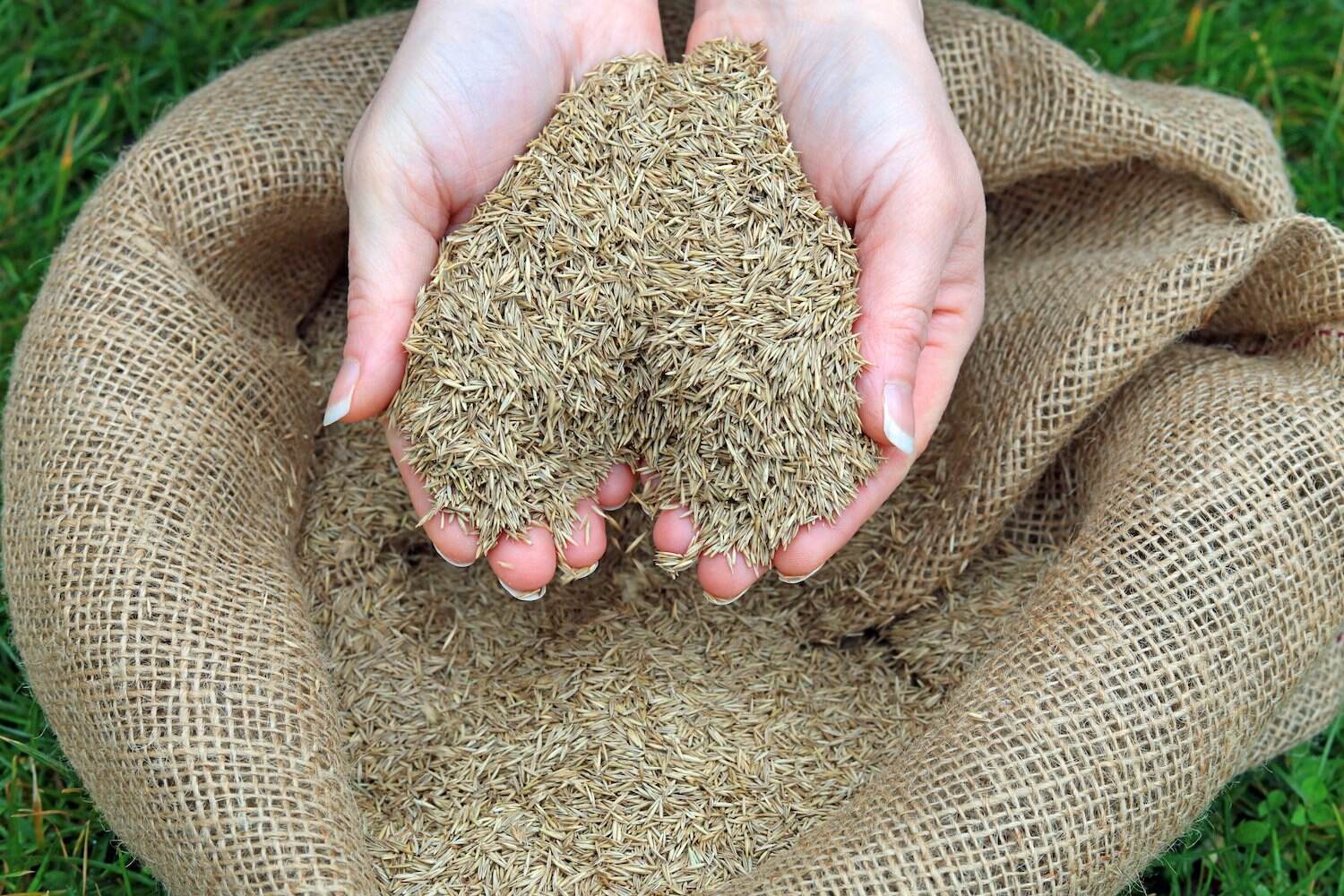

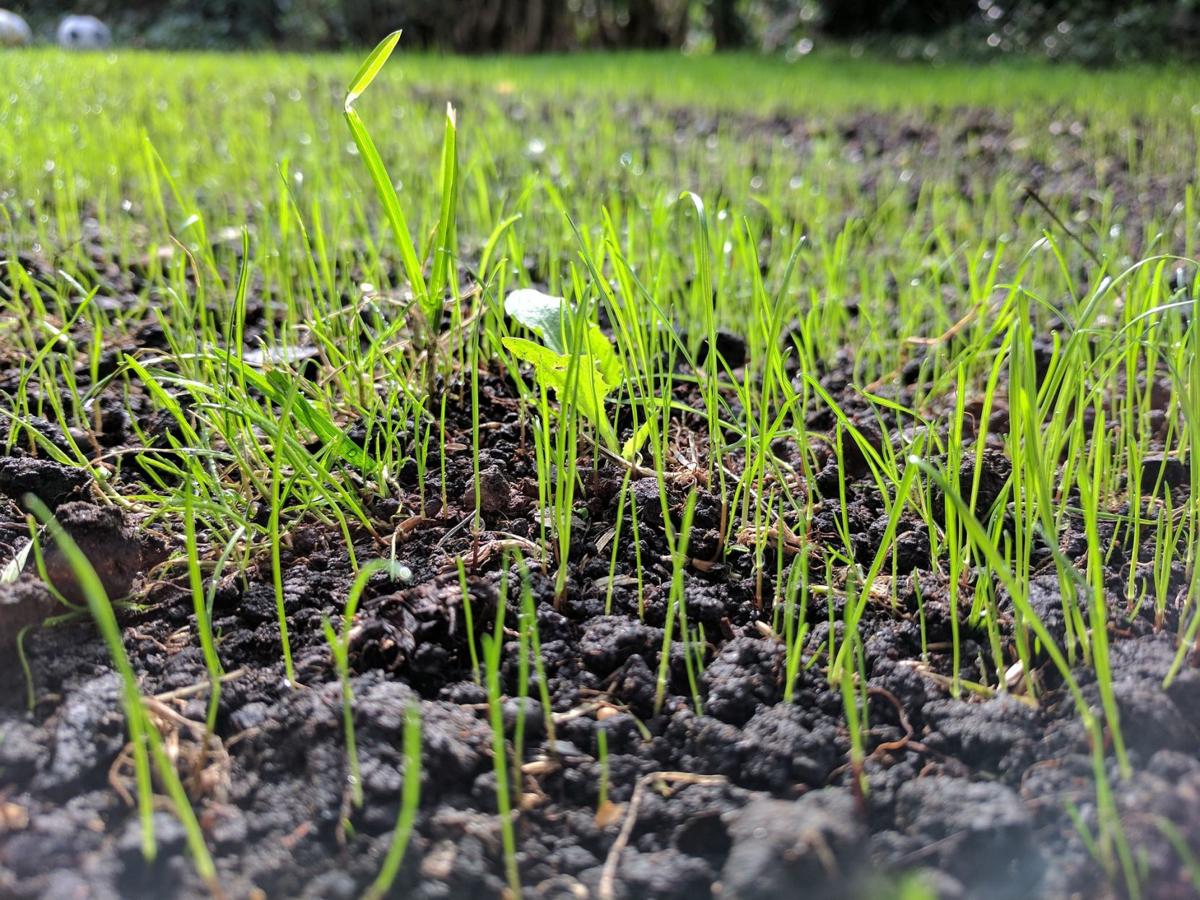
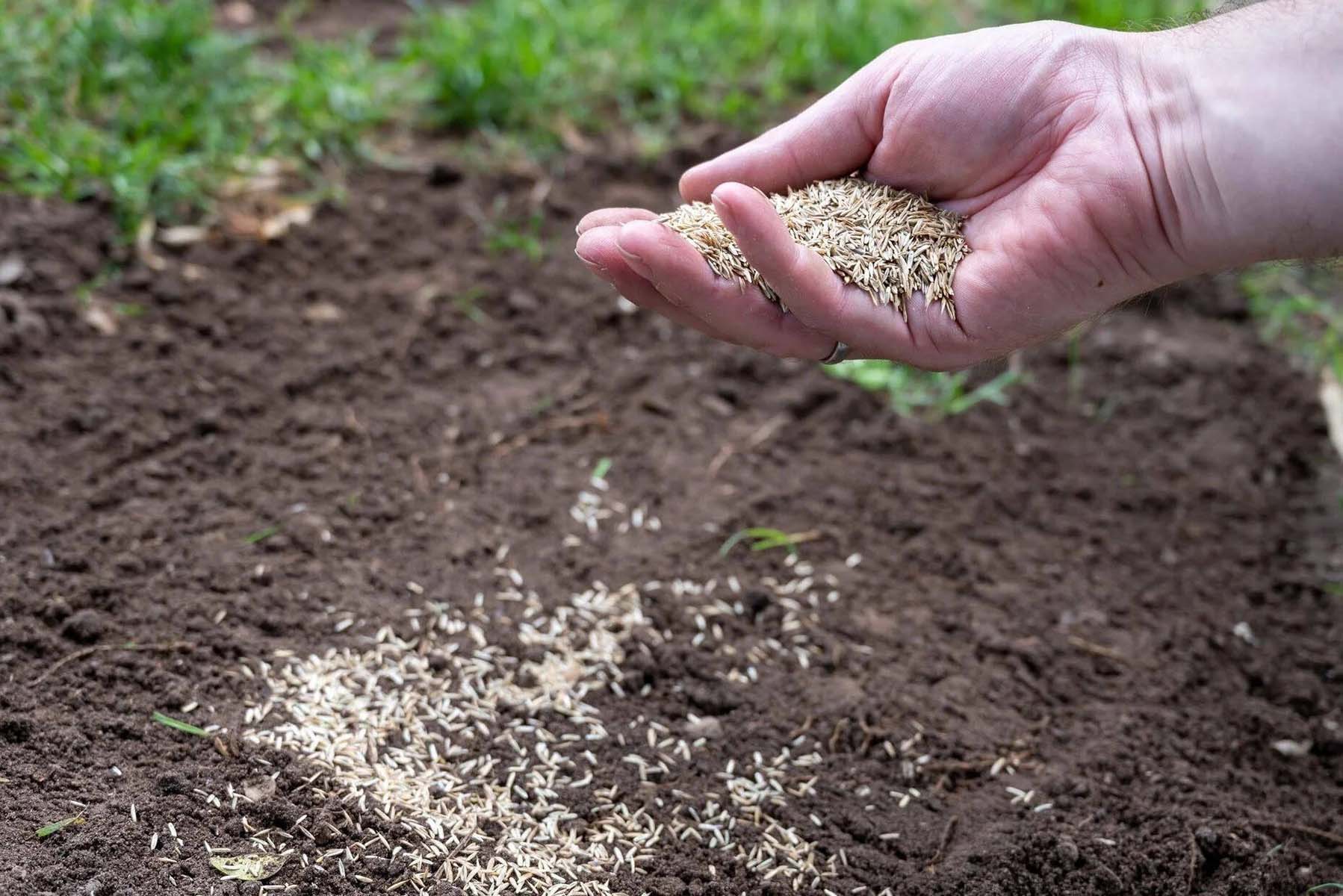
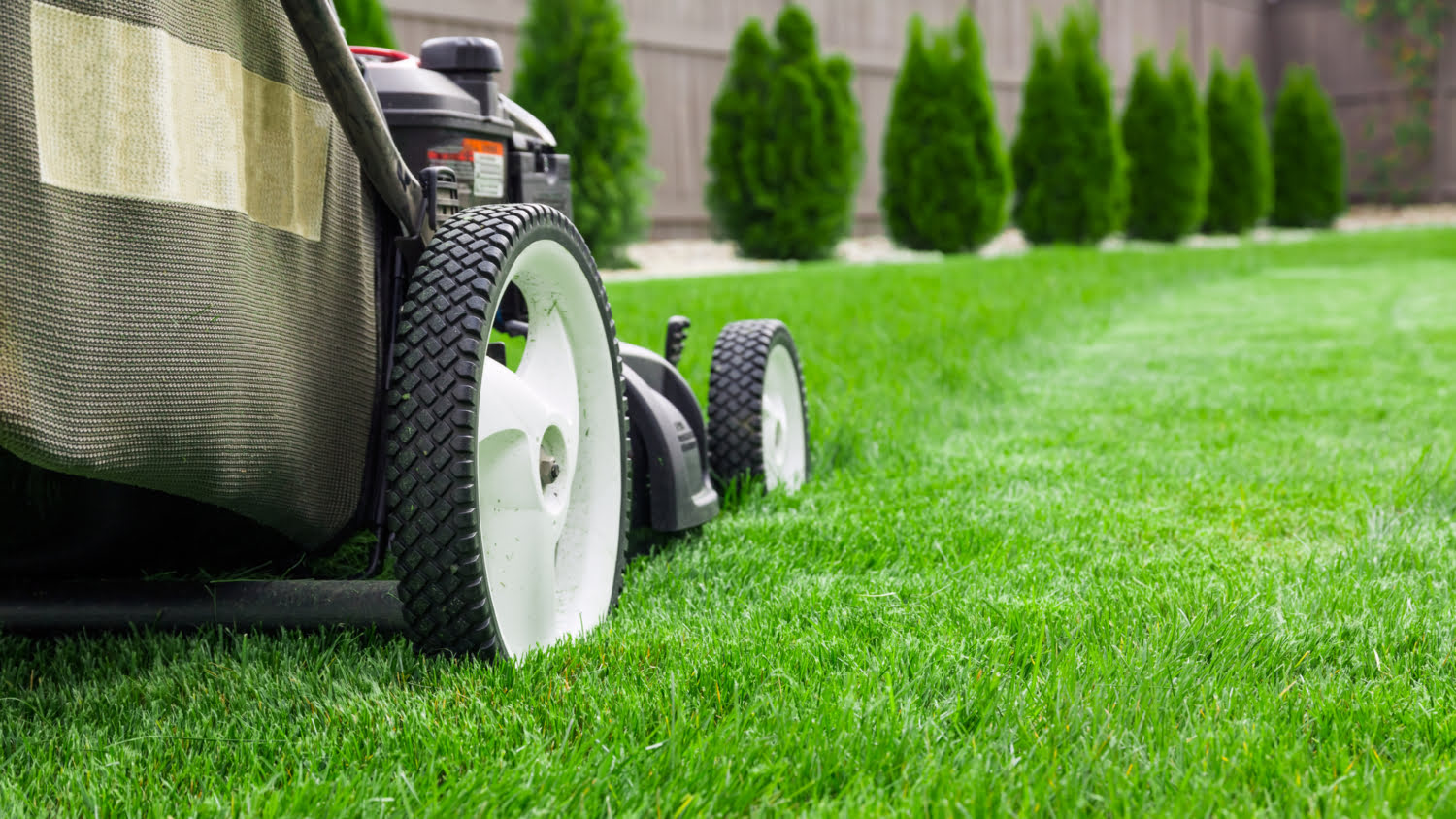


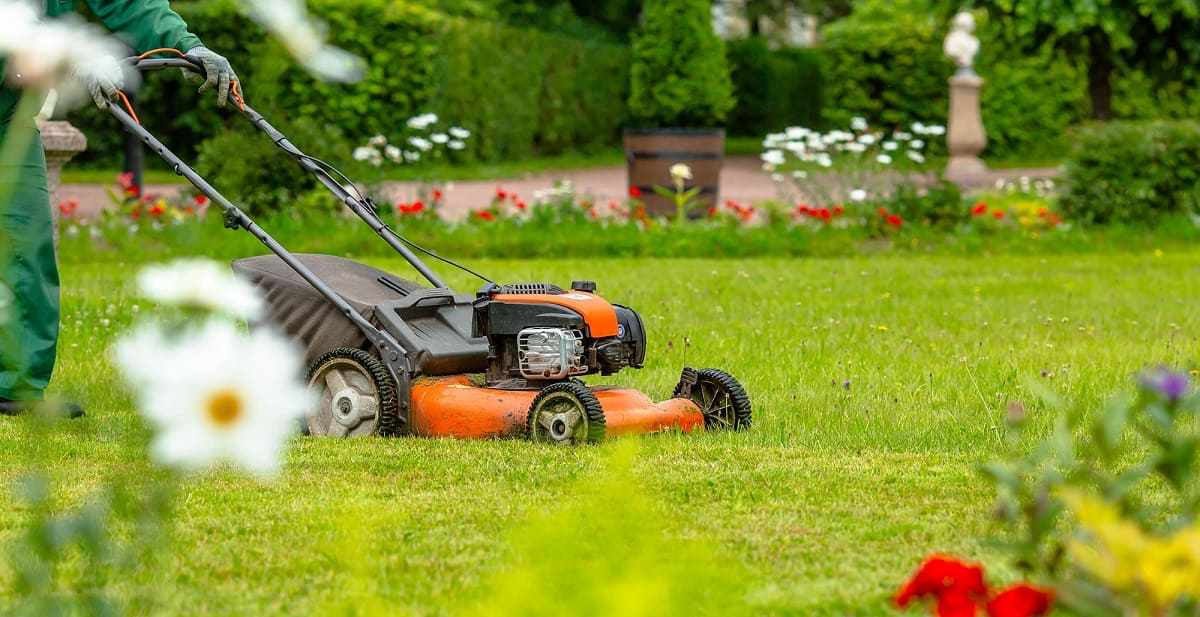
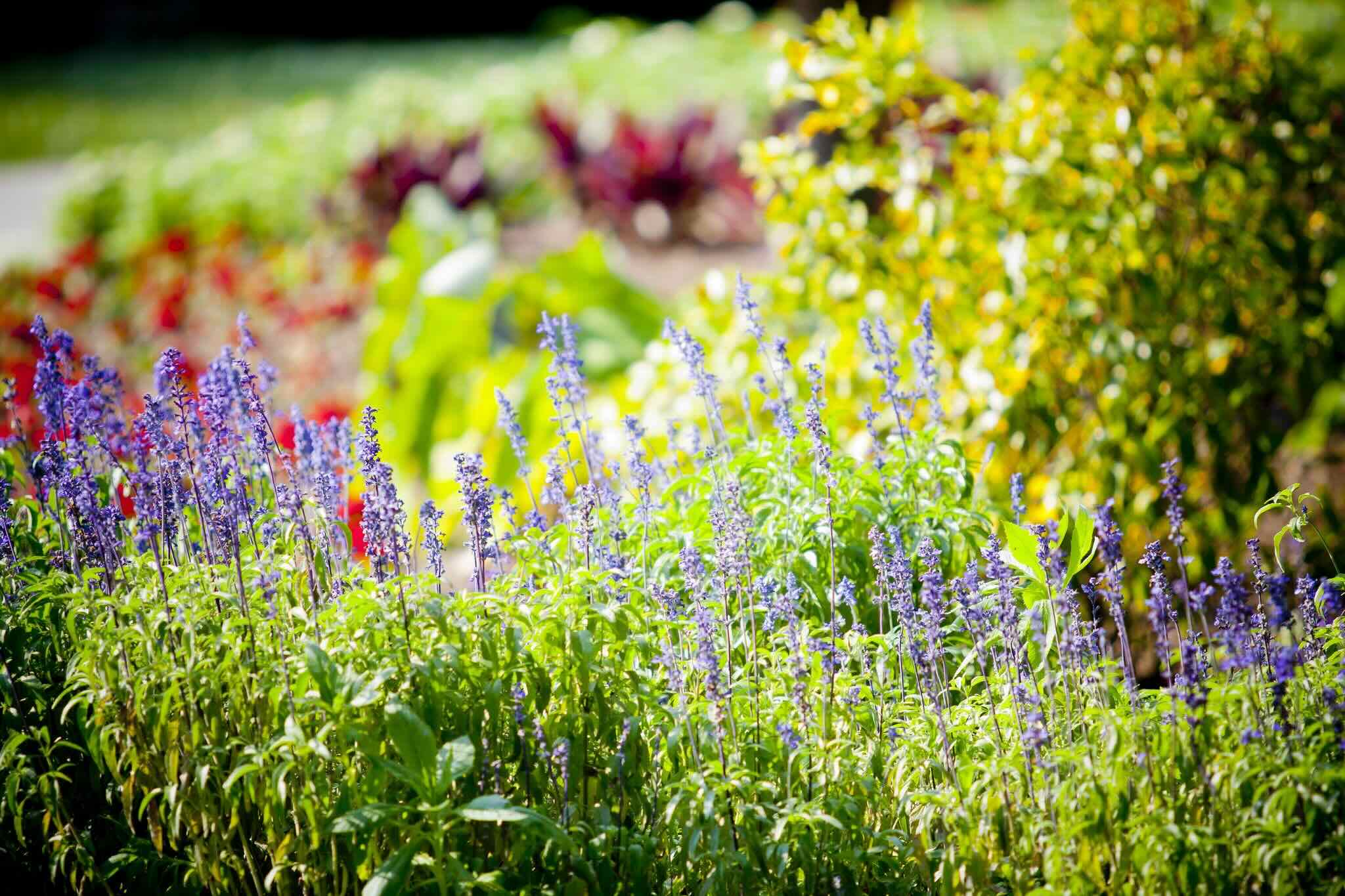






0 thoughts on “When To Plant Grass Seed In Missouri Spring”